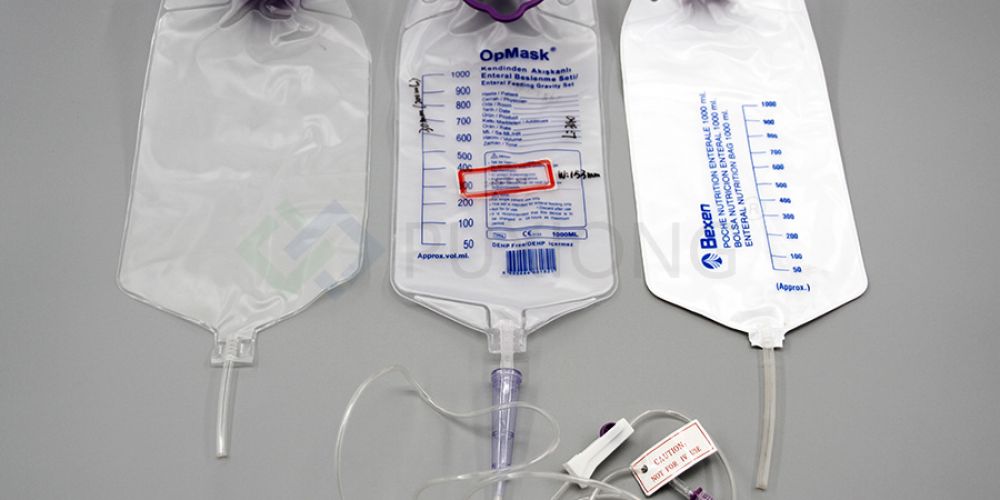
Drainage bags are widely utilized in surgical nursing, primarily in the following aspects:
Collection and Drainage:
Drainage bags are primarily used to collect and discharge bodily fluids and gases, such as pus, blood, urine, wound secretions, and other waste liquids. This helps reduce infection risks, promote wound healing, and enhance patient comfort.
Anti-Reflux Design:
Some drainage bags are equipped with an anti-reflux mechanism, incorporating a bacterial filter membrane to prevent backflow of waste fluids. This feature is particularly critical in surgical nursing, as it safeguards patients from unnecessary infection risks.
Operating Room:
During surgical procedures, drainage bags are used to collect blood and other bodily fluids generated during surgery. This ensures a clear surgical field and minimizes postoperative complications.
Intensive Care Unit (ICU):
In ICUs, drainage bags monitor and manage patient drainage, including thoracic and abdominal drainage, to track changes in the patient’s condition and adjust treatment plans promptly.
Obstetrics and Gynecology:
Postpartum or after gynecological surgeries, drainage bags collect and discharge accumulated blood or fluids, aiding in uterine recovery and wound healing.
Rehabilitation and General Wards:
For bedridden or long-term rehabilitation patients, drainage bags collect urine, gastrointestinal fluids, and other secretions, reducing mobility challenges and discomfort.